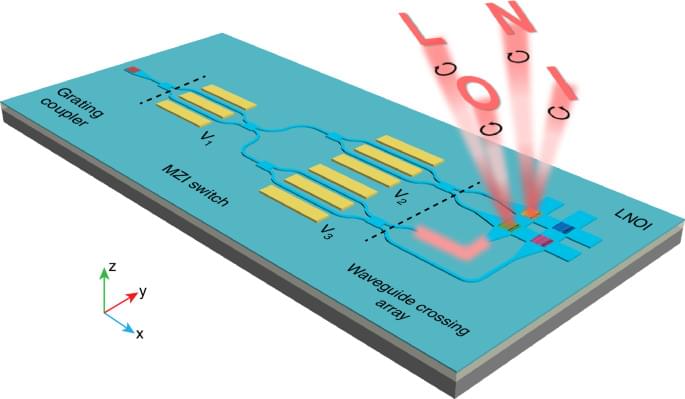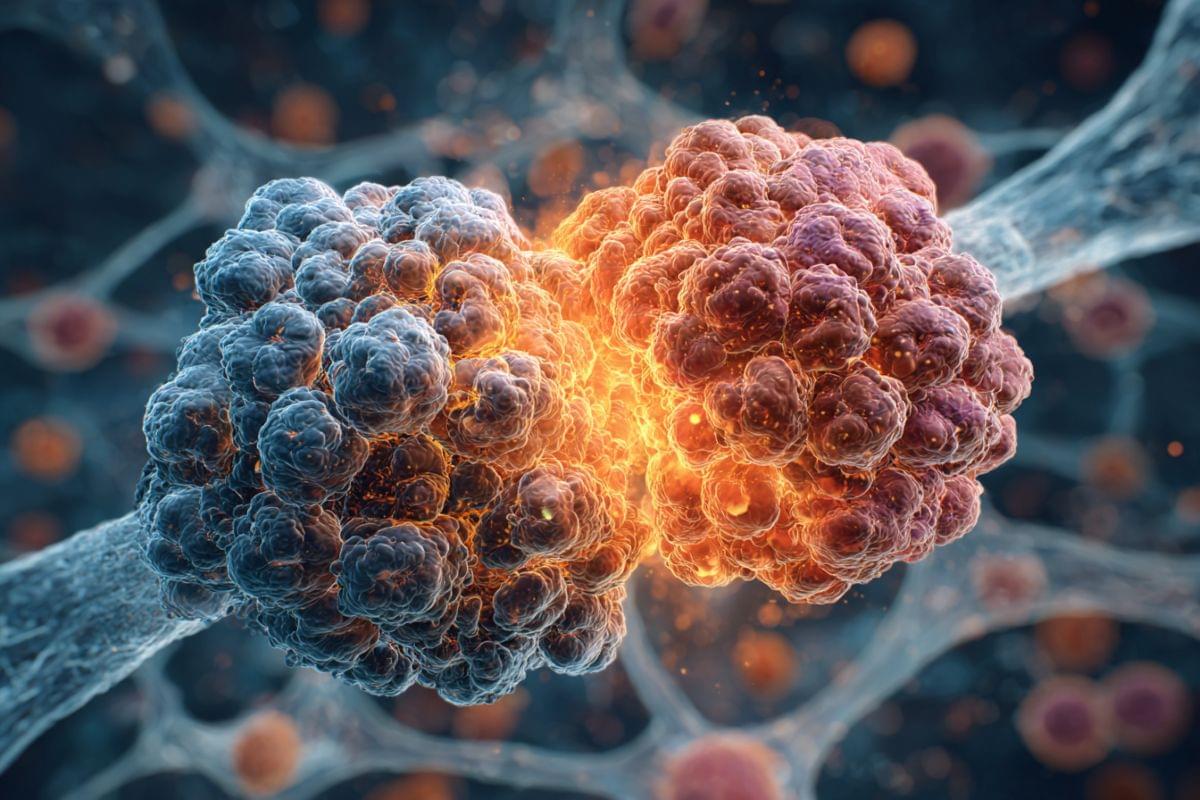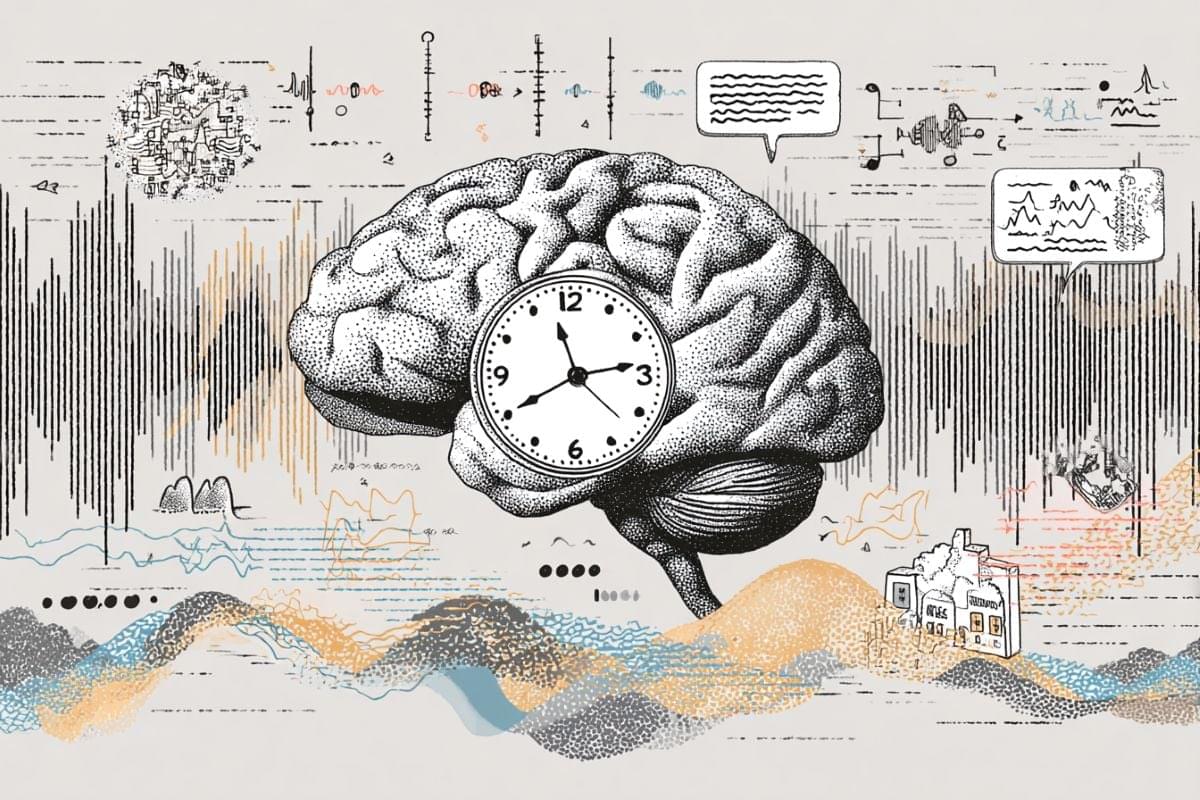Interesting.
GRENOBLE, France – Sept. 16, 2025 – CEA-Leti and the Centre for Research on Heteroepitaxy and its Applications (CRHEA) today announced R&D results that have cleared a path toward full-color microdisplays based on a single material system, a long-standing goal for augmented and virtual reality (AR/VR) technologies.
The project, presented in a paper published in Nature Communications Materials, developed a technique for growing high-quality InGaN-based quantum wells on sub-micron nanopyramids, enabling native emission of red, green, and blue (RGB) light from a single material system. Titled “Regular Red-Green-Blue InGaN Quantum Wells With In Content Up To 40% Grown on InGaN Nanopyramids”, the paper will be presented at the MicroLED Connect Conference on Sept. 24, in Eindhoven, the Netherlands.
Microdisplays for immersive devices require bright RGB sub-pixels smaller than 10 × 10 microns. According to the paper, “the use of III-nitride materials promises high efficiency micro-light emitting diodes (micro-LEDs) compared to their organic counterparts. However, for such a pixel size, the pick and place process is no longer suitable for combining blue and green micro-LEDs from III-nitrides and red micro-LEDs from phosphide materials on the same platform.” Red-emitting phosphide micro-LEDs also suffer from efficiency losses at small sizes, while color conversion methods face challenges in deposition precision and stability.







